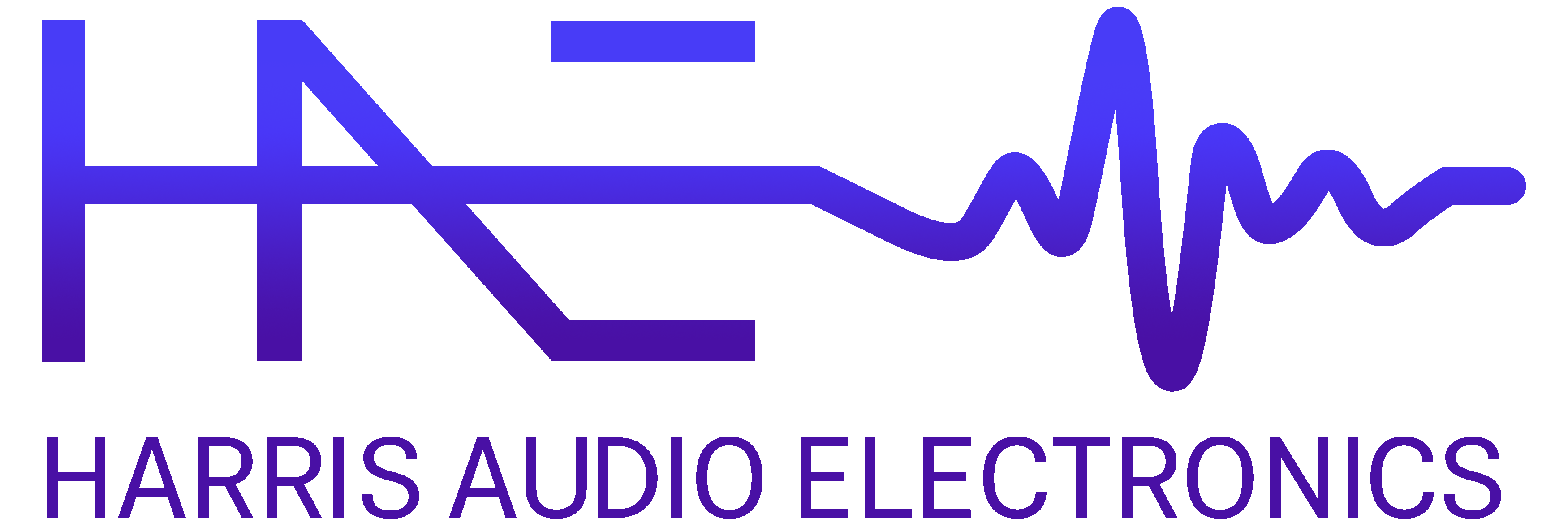Intro
H.A. Dumble’s most significant departures from the Twin Reverb when designing the ODS were undoubtedly the tone stack and following preamp gain stages. Dumble took a fairly straightforward and standard tone stack, completely re-voiced it, added a bunch of tone shaping options, and optionally added additional preamp gain stages if you engage the overdrive “channel.” This is where the character of the ODS comes from. First, the tone stacks.
Fender Twin Reverb Tone Stack
All the Fender AB763s had practically the same tone stack. A value would vary here and there, and sometimes there was a middle control instead of a fixed midrange. The following is the version that made it into the Twin.

This is a simple passive filter based 3 band EQ with a bright switch on the volume knob. V1 in the schematic is functioning as the voltage taken from the first gain stage. Each capacitor-potentiometer combination makes a high pass filter set at different values, and R1 and the capacitors create low pass filters.
Below is the magnitude response of the Twin Reverb tone stack with all controls turned to 10 and the bright cap off.
Technical Note: For the Fender tone stack simulations, I inadvertently had the volume pot turned down. This does not impact any of the conclusions or waveforms except that the magnitudes are shifted down by 20dB.

There is a low-mid scoop at about 300Hz. Treble is most prominent, at 6 dB higher than bass frequencies and 20 dB higher than the low point of the mid scoop. This is a very bright tone stack even without the bright cap.
Below is the magnitude response with bass and treble turned all the way down, but mids left all the way up. This is an attempt to “correct” for the mid scoop and see how flat the tone stack can be.

The scoop is much less pronounced, but still present and moved up to about 700-800Hz. There’s now 5 dB of difference between mid scoop and treble and bass. Still not quite flat.
This mid scoop is why people love mid-boosting overdrives like the Ibanez Tubescreamer with Fender amps.
Dumble ODS #102 Tone Stack
Fundamentally, the Dumble tone stack is a similar structure to the Fender tone stack, but with altered values and a few added features: A Deep switch, a Rock/Jazz switch, and a preamp bypass (PAB) switch.
With Rock/Jazz set to Jazz, Deep switched turned off, and Preamp Bypass disengaged, the tone stack schematic is as follows.

Like the Fender tone stack, the 3 bands are made up of stacked high pass filters with R1 creating low pass filters with the middle and bass pots. With all values turned all the way up, the tone stack is still quite treble heavy compared to bass (+8dB) but with no mid scoop:

The Deep switch shorts around C4, and functions as a mid boost:

The treble rolloff -3dB point moves down from 1.5kHz to 300Hz, providing a lot more midrange content.
The Rock/Jazz switch set to Rock reconfigures the tone stack:

And the magnitude response changes thusly:

This reintroduces a mid scoop, but still one that is pretty slight compared to Fender. I can’t discern what makes a mid scoop rock compared to jazz, and would be fascinated to learn how Dumble settled on those names.
I didn’t simulate bright switches, but they do what you expect–boost treble frequencies by shorting them around the volume pot. This feature has an interplay with the volume knob–it is least effective if Volume is on 10 because all frequencies from the tone stack are passing in full. At low volumes when you’re dumping most of the signal to ground, the bright cap will short a lot of treble around the volume pot.
I also didn’t simulate the Dumble preamp boost. PAB bypasses the tone stack so you’re not losing any signal in the tone stack, but from a circuit analysis perspective, it’s pretty boring.
Next up, post-tone stack preamp stages, and build pictures!

